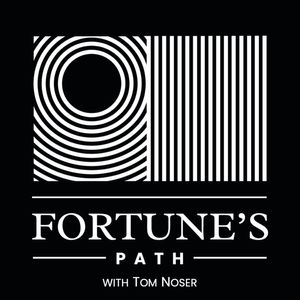
Fortune's Path Podcast
[email protected] (Norbert Teston, Ted Noser, Tom Noser)
What Software Makers Can Learn From Adidas
JAN 18, 202468 MIN

What Software Makers Can Learn From Adidas
JAN 18, 202468 MIN
Description
Norbert talks about how Adidas starts its shoe manufacturing process, beginning with a business unit who outlines the market need in a comprehensive brief. Then, a designer group begins experimenting with colors, materials and textures. "There's 250-350 operations that need to happen to put one pair of footwear together, so it's a long process... taking up to 16 months," says Norbert.
Every new material and material supplier is tested, based on internal standards. Once it moves to being manufactured on the production line, further testing and checking take place.
Some analogies and differences - software vs. manufacturing:
- multiple suppliers and producers are comparable to software engineers writing code all over a complex system
- the value of eliminating variation
- unlike software, there's no opportunity to "fix it later" in manufacturing, which makes it essential to build a highly functioning quality process
- quality and compliance can't be an afterthought in manufacturing
- software and manufacturing need to focus on root cause analysis to build the most robust quality management process
- risk analysis is all about error tolerance